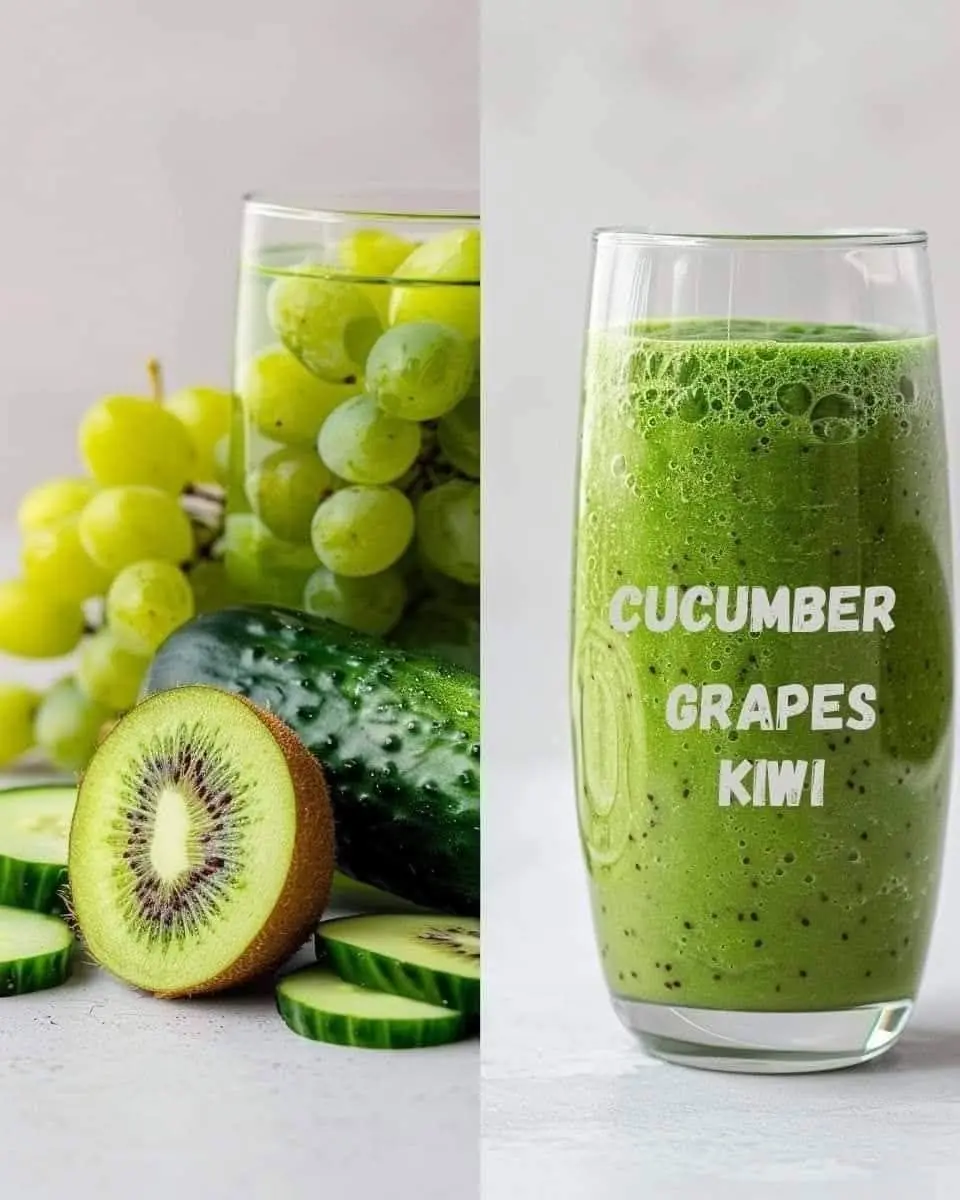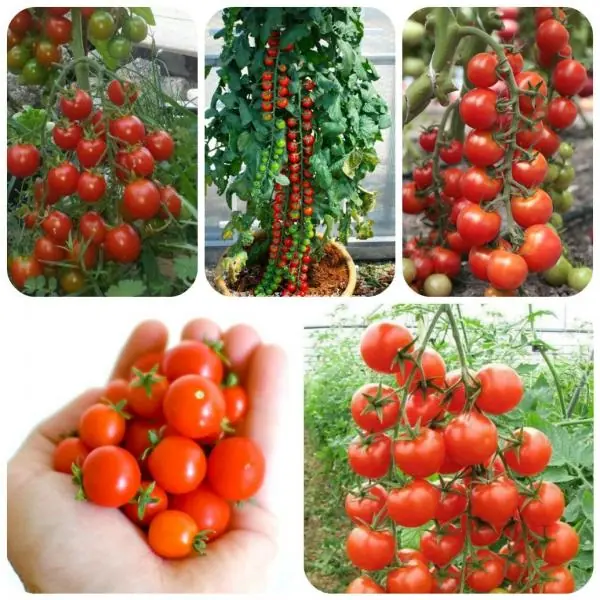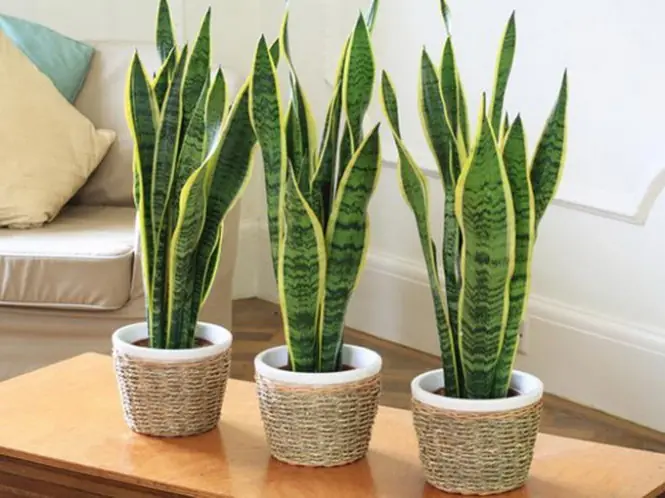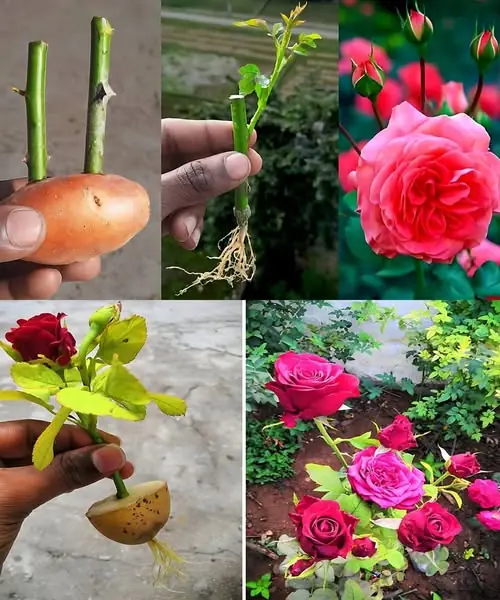
Best Subtropical Fruit Trees: 8 Exotic Fruits To Grow In Your Garden
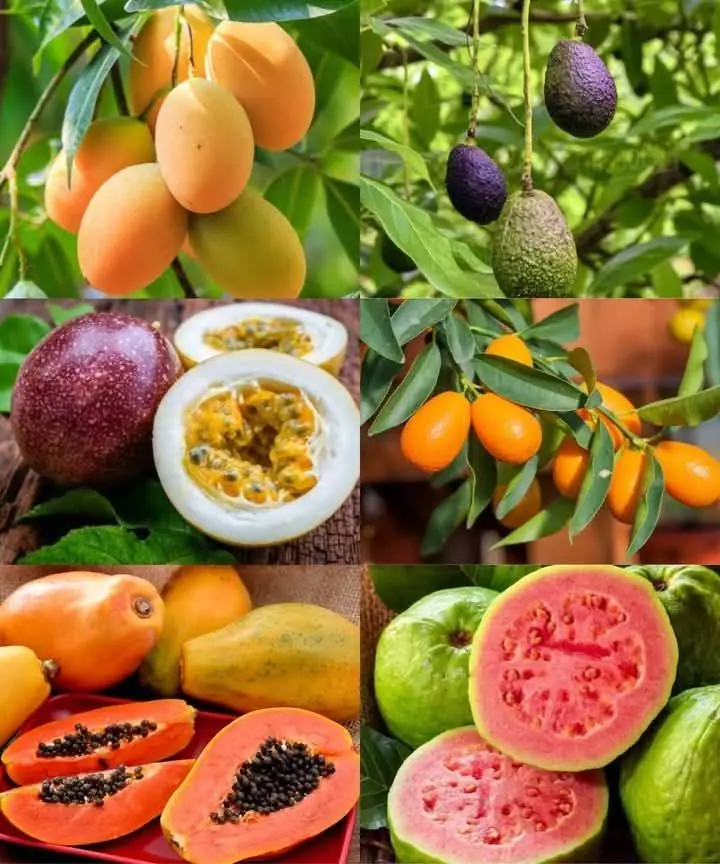
Transform your garden into a mini tropical paradise by adding subtropical fruit trees that burst with flavor and beauty. These eight exotic trees not only provide a delicious harvest but also create a lush, vibrant landscape. Read on for a detailed look at each fruit, why you should grow it, and expert growing tips.
1. Mango (Mangifera indica)
Why Grow:
Mango trees are celebrated for their sweet, juicy flesh and irresistible tropical aroma. Whether enjoyed fresh, blended into smoothies, or used in savory dishes, mangoes bring a burst of sunshine to your plate.
Growing Tips:
- Soil: Plant in well-draining soil to prevent waterlogging.
- Sunlight: Mango trees require full sun for optimal fruit production.
- Frost Protection: Young trees are vulnerable to frost, so ensure they are planted in a sheltered area or protected during cold snaps.
- Maintenance: Regular pruning helps maintain tree shape and encourages better air circulation.
2. Avocado (Persea americana)
Why Grow:
Avocados are prized for their creamy, nutrient-dense fruit, making them a staple in salads, spreads, and smoothies. Their versatility in both sweet and savory recipes has made them a kitchen favorite worldwide.
Growing Tips:
- Location: Plant in a sheltered spot that protects from strong winds.
- Watering: Avocado trees need deep, infrequent watering—allow the soil to dry out slightly between waterings.
- Drainage: Good drainage is essential to prevent root rot.
- Climate: Avocados thrive in warm climates, though some cold-hardy varieties are available.
3. Papaya (Carica papaya)
Why Grow:
Papaya trees are known for their rapid growth and the production of sweet, orange fruits rich in vitamins A and C. This fruit not only tastes great but also offers impressive health benefits.
Growing Tips:
- Sun Exposure: Choose a sunny location as papayas need plenty of light to fruit.
- Soil Moisture: Keep the soil consistently moist, but avoid overwatering to prevent root diseases.
- Support: Young papaya plants can be supported with stakes to protect against strong winds.
- Fertilization: Regular feeding with a balanced fertilizer encourages healthy growth and fruit production.
4. Guava (Psidium guajava)
Why Grow:
Guava trees produce fragrant, sweet fruits that are perfect for making beverages, desserts, and jams. Their unique aroma and flavor make them a delightful addition to any fruit garden.
Growing Tips:
- Soil Adaptability: Guavas can tolerate a variety of soils but perform best in well-draining conditions.
- Sunlight: They require full sun to produce abundant fruit.
- Pruning: Regular pruning not only shapes the tree but also stimulates new fruiting wood.
- Pest Management: Monitor for common pests and treat early to keep the tree healthy.
5. Lychee (Litchi chinensis)
Why Grow:
Lychee is a favorite among tropical fruits, known for its juicy, translucent flesh and distinctive floral sweetness. These fruits offer a refreshing taste that's perfect for summer desserts or as a standalone treat.
Growing Tips:
- Soil: Plant lychee in well-draining soil to avoid water accumulation around the roots.
- Wind Protection: Young lychee trees should be shielded from strong winds that can damage delicate branches.
- Moisture: Keep the soil consistently moist, especially during the fruiting season, to ensure a good harvest.
- Patience: Lychee trees may take several years to start producing fruit, so a bit of patience is required.
6. Dragon Fruit (Hylocereus spp.)
Why Grow:
Dragon fruit is as visually stunning as it is nutritious. With its vibrant, eye-catching exterior and mildly refreshing taste, this fruit is packed with antioxidants and adds an exotic twist to your meals.
Growing Tips:
- Soil: Ensure your soil is well-draining to prevent root rot.
- Support: Dragon fruit plants are climbers—provide a trellis or support structure for their sprawling stems.
- Temperature: They thrive in warm climates and need protection from frost.
- Watering: Water regularly but avoid soggy soil to maintain optimal growth conditions.
7. Passion Fruit (Passiflora edulis)
Why Grow:
Passion fruit boasts a tangy-sweet flavor that is perfect for juices, desserts, and cocktails. Its unique taste, along with its attractive vine, makes it a standout addition to any garden.
Growing Tips:
- Sunlight: Plant in full sun to encourage robust growth and fruiting.
- Water: Ensure the plant is well-watered during the fruiting season.
- Support: Provide a sturdy trellis or support for the vine to climb.
- Pruning: Regular pruning helps maintain shape and stimulates new growth.
8. Kumquat (Fortunella spp.)
Why Grow:
Kumquats are unique in that their small, tangy-sweet fruits are eaten whole, skin and all. They are not only delicious but also offer a burst of flavor that’s great for preserves and desserts.
Growing Tips:
- Containers: Kumquat trees are well-suited for container growing, making them ideal for patios or balconies.
- Sun Exposure: They thrive in sunny spots where they can soak up plenty of light.
- Pruning: Regular pruning helps keep the tree compact and productive.
- Care: They are relatively low-maintenance and can adapt well to various soil types.
Final Thoughts:
Adding any of these subtropical fruit trees to your garden is a fantastic way to enjoy exotic flavors while enhancing your landscape’s beauty. Whether you have a sprawling backyard or a cozy patio garden, these trees offer a mix of taste, aroma, and visual appeal. Experiment with different species to find the perfect fit for your climate and gardening style, and soon you'll be savoring the fruits of your labor—literally!
Embrace the subtropical vibe and transform your garden into a haven of exotic delights!
News in the same category
News Post
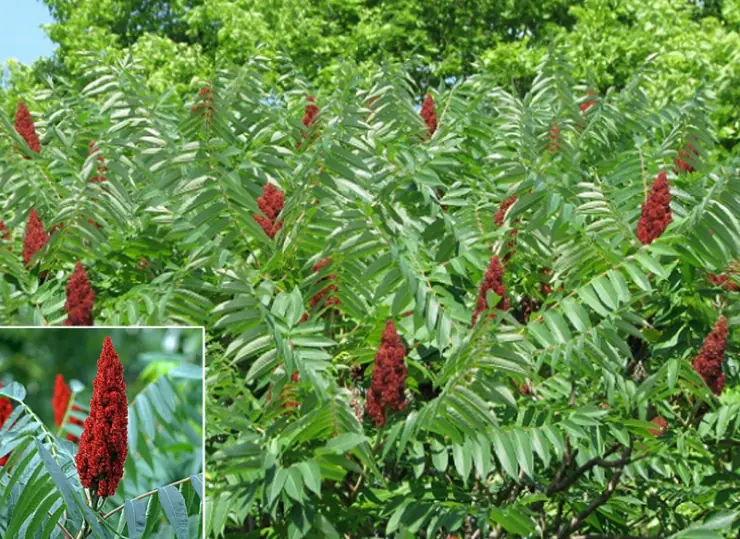
Sumac Tree Benefits – A Powerful Medicinal and Culinary Plant

Golden Crispy on the Outside, Soft & Fluffy Inside: A Perfect Pan-Fried Breakfast Bread
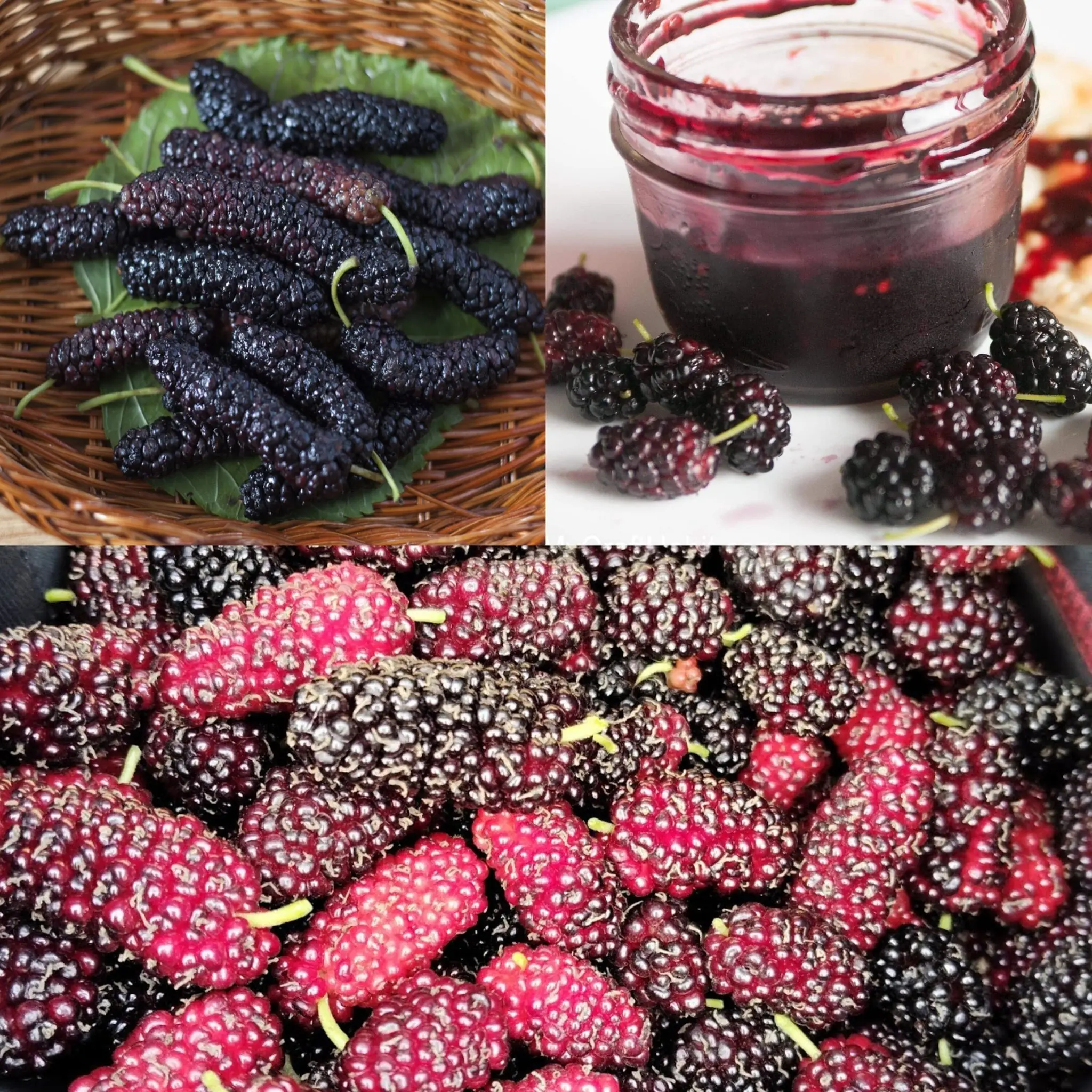
Mulberry Magic: Unleashing the Health and Flavor of Homemade Black Mulberry Jam
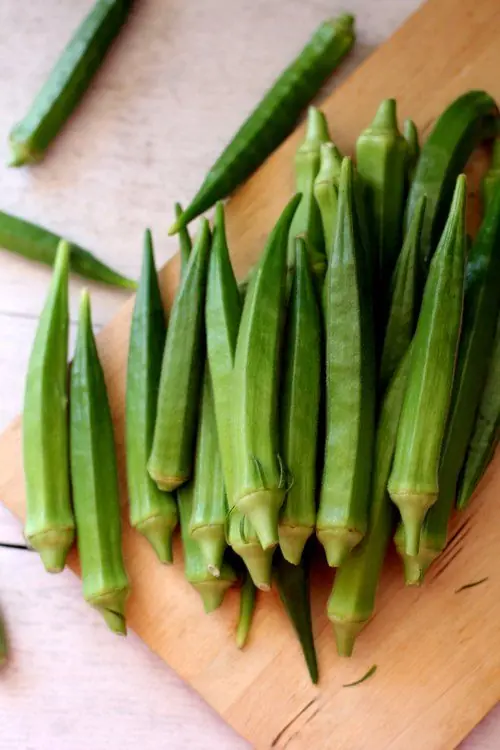
Okra Unleashed: Unlocking the Nutritional Power and Culinary Magic of Lady's Finger
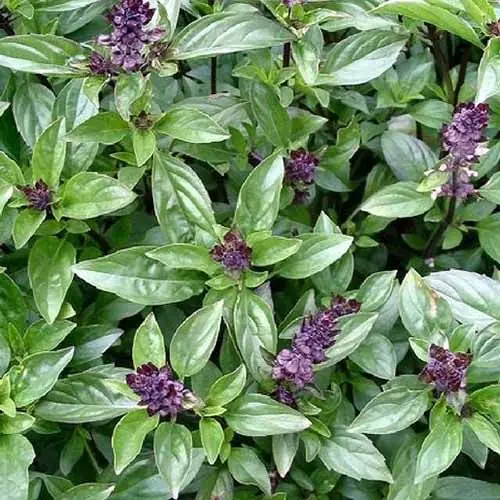
Basil Flower: The Fragrant Elegance of Aromatic Blossoms
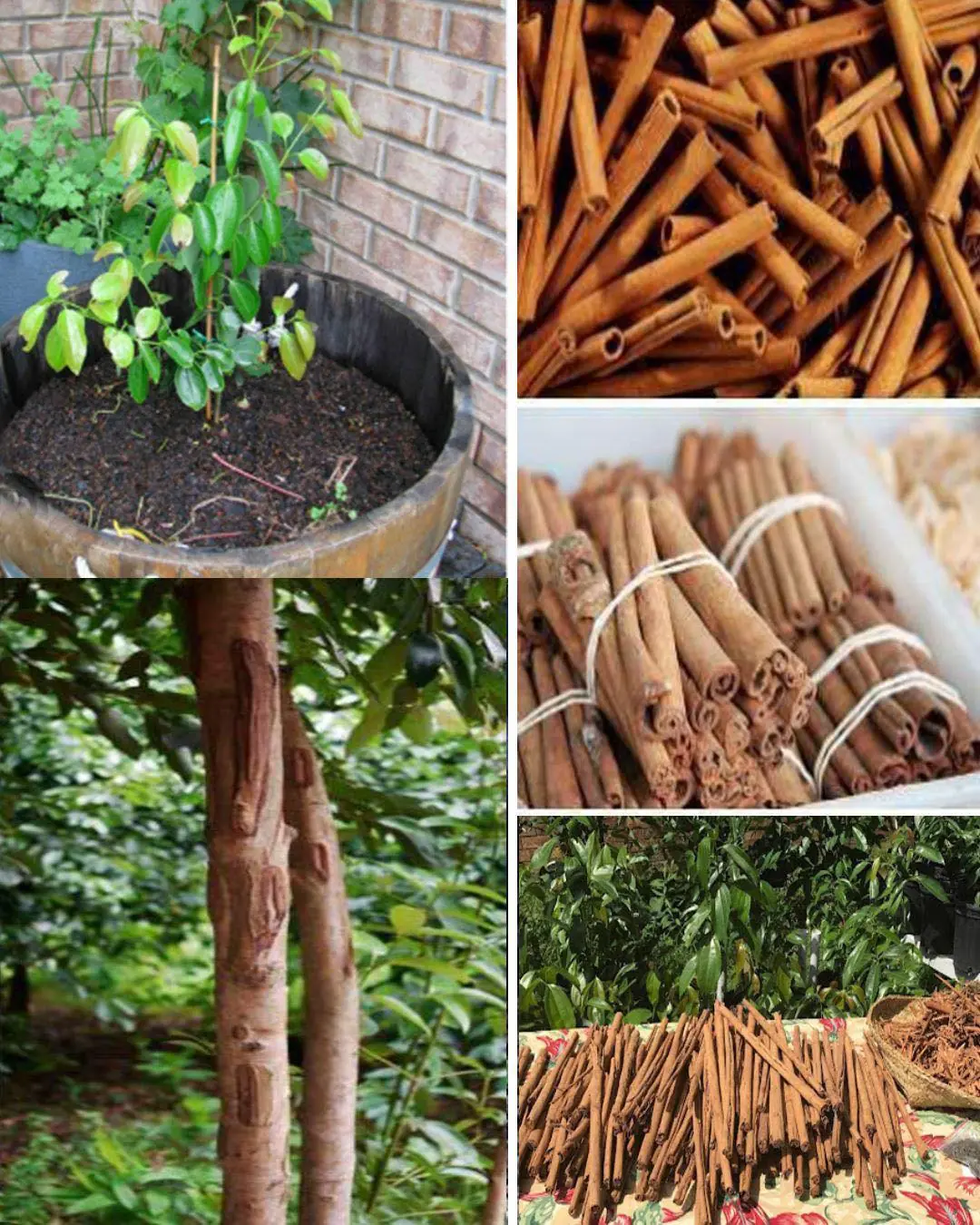
How to grow Cinnamon trees

Bedbugs: Effective Ways to Eliminate Them from Your Home
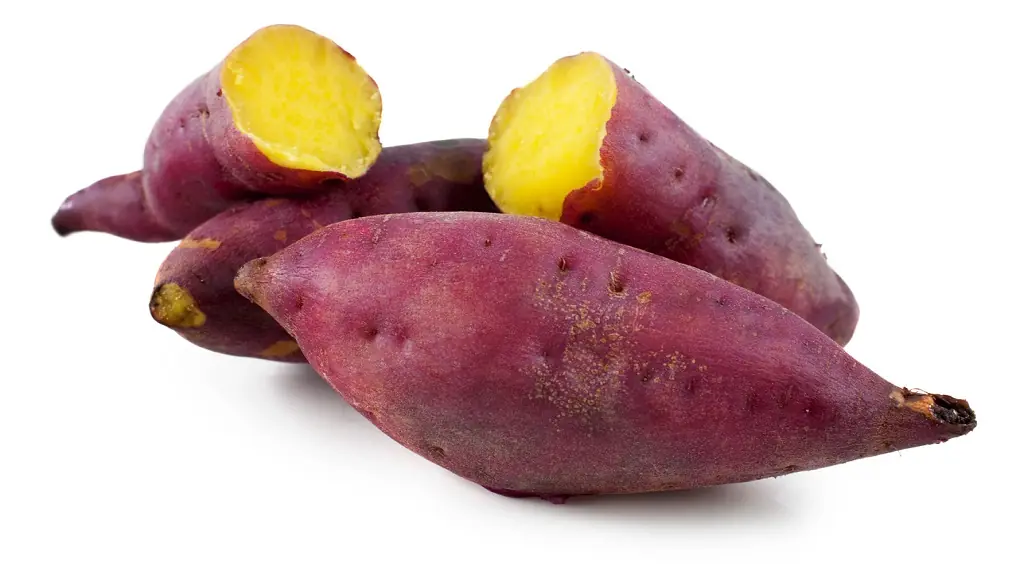
Regularly Eating Sweet Potatoes for Breakfast: 3 Visible Health Benefits You Shouldn't Miss

How to Build a Homemade Egg Incubator Using a Water Bottle

Banana Avocado Pistachio Smoothie

Drink This Once a Day and Transform Your Health!
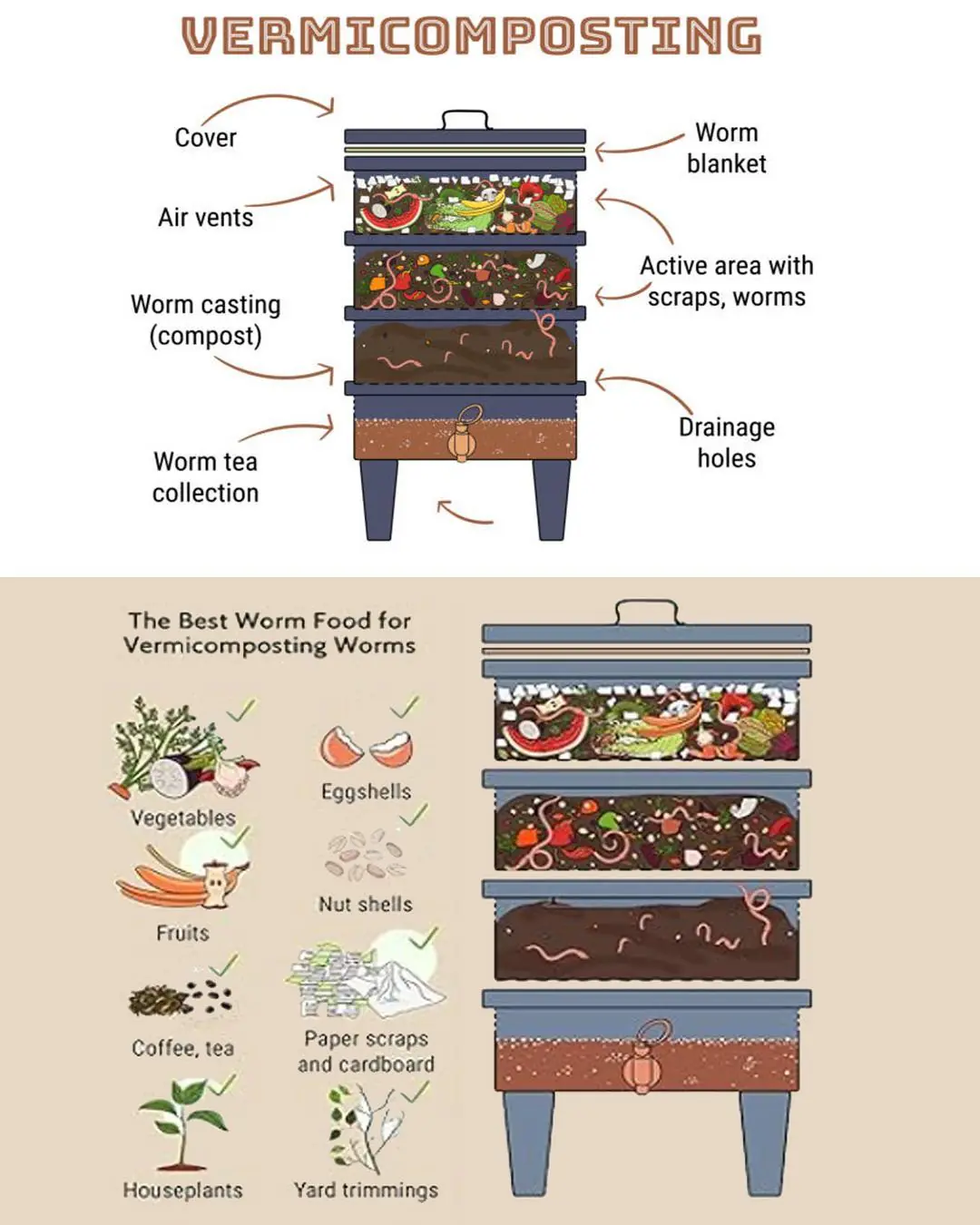
How to Build a Homemade Vermicomposter

Taro Root (Colocasia esculenta): Uses, Benefits, and Healthy Recipes
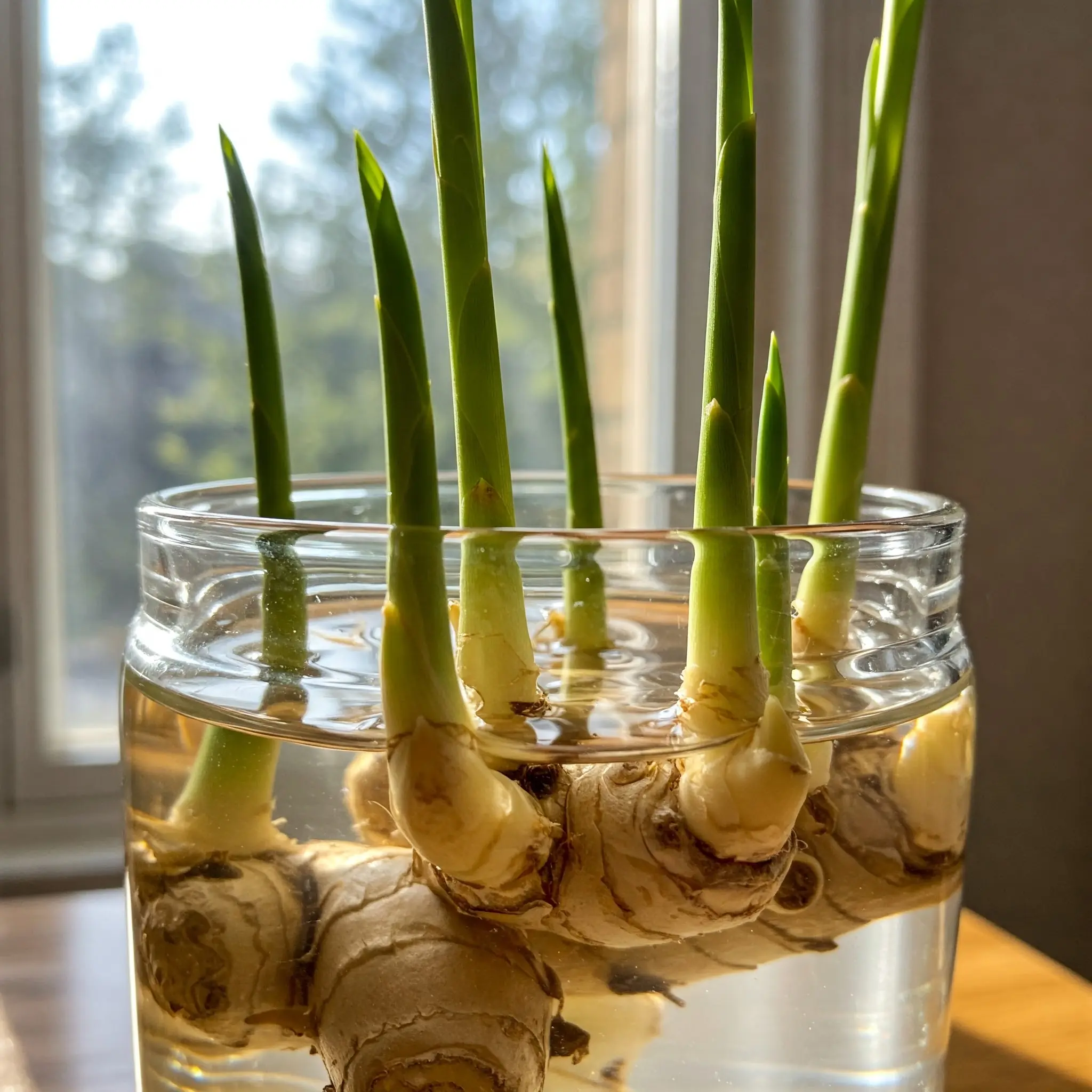
How to Grow Your Own Ginger at Home

How to Propagate Roses on Potatoes: A Curious Trick Sweeping Social Networks
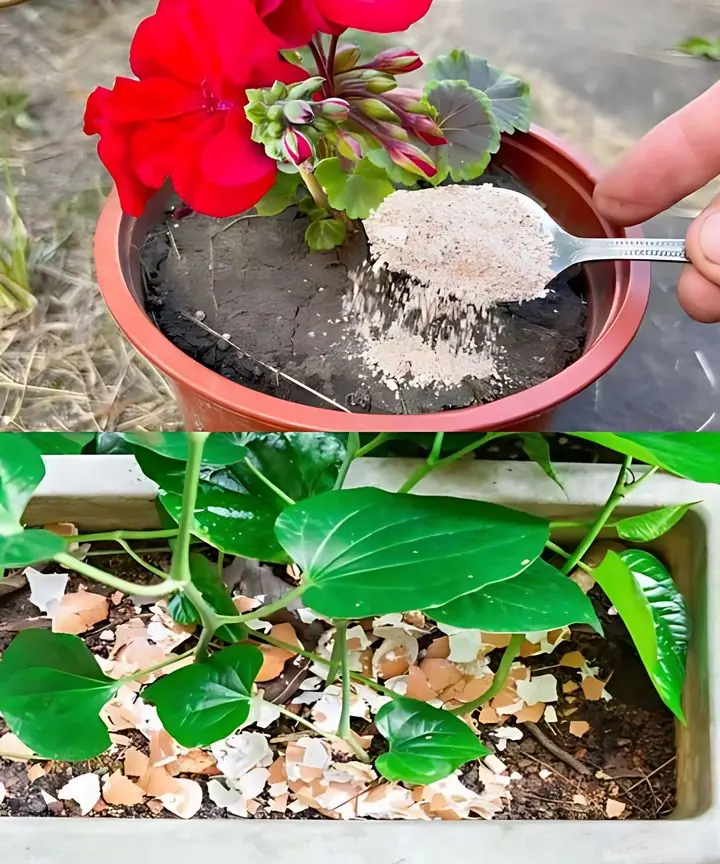
Pour Just a Little on Your Plants: They Will Flower in Just One Week

Creamy Garlic Parmesan Tortellini with Sausage and Broccoli

Chia Mango Energy Smoothie 🥭✨
